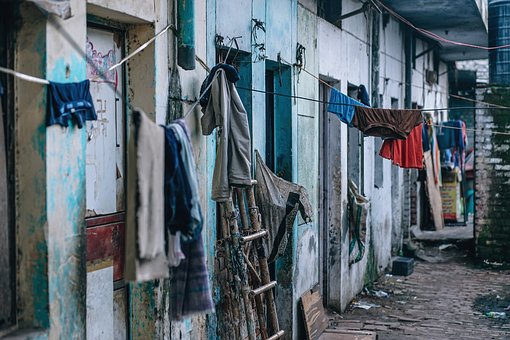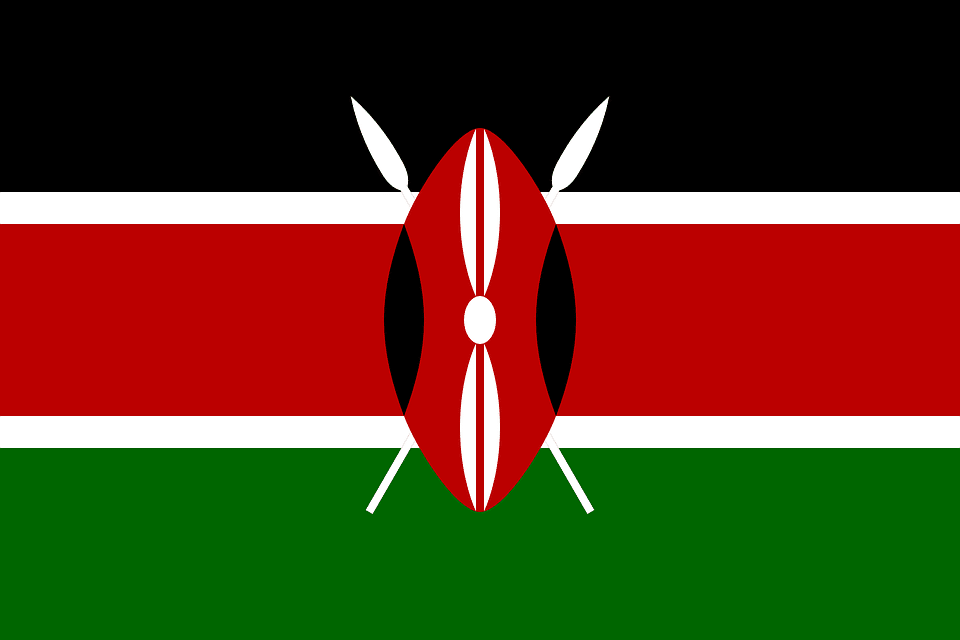Have you ever sat and wondered which are the poorest countries in the world? Today we are going to look at a list of the poorest countries in the world. However, its worth to note that in 2017, the world’s wealth increased by 3%. This generally means that despite there being the poorest countries, there will still be other which are doing good.
It’s worth to note that the economist uses both the gross domestic product and gross national income to measure the actual state of a countries economy. Below, we will discuss each country in detail.
List of the poorest countries in the world
it is worth to note that most of the developing countries are located in Subsaharan Africa and are comprised of developing economies.
1. Mozambique
Mozambique is the second poorest country in the world when measured according to its GDP. As of 2017, the country had a USD 429 for its GDP per capita with a projected GDP in 2019 of USD 502.
The country was a former Portuguese colony, and it has very high hopes of transforming its economy since it has abundant natural gas discovery. As the prices of natural gas rise each year, so is the country expected to experience growth.
2. The Democratic Republic of Congo
DRC is not on this list because it lacks natural resources but instead because of poor leadership. Over the years, there has been inevitable political unrest.
2017 GDP per Capita: USD 439
2019 GDP per Capita (projected): USD 475
2023 GDP per Capita (projected): USD 551
Strong demand for essential export commodities, including copper and cobalt, is expected to drive growth next year. Moreover, a sharp decline in inflation should buoy the domestic market. Political risks, however, darken the outlook. FocusEconomics analysts have thus far priced-in a peaceful transition of power—which would mark the first since independence in 1960—projecting growth of 3.7% in 2019 and 4.3% in 2020.
3. Tajikistan
Tajikistan is number four on the list of poorest countries with a projected 2019 GDP per capita of USD 861.
2017 GDP per Capita: USD 777
2019 GDP per Capita (projected): USD 861
2023 GDP per Capita (projected): USD 1159.
Tajikistan gained independence after the fall of the Soviet Union. However, a civil war broke out shortly after, which lasted five years until 1997. Since then, political stability and foreign aid have allowed the country’s economy to grow, reducing poverty rather remarkably.
According to the World Bank, poverty fell from over 83% to 47% between 2000 and 2009 and fell further from 37% to 30% between 2012 and 2016. Since then, poverty reduction has regrettably stagnated. However, it is projected to fall from 30% to 25% by 2019 as growth picks up.
The economy, which is highly reliant on remittances, is expected to grow strongly in again 2019. Improving labour market dynamics, and a continued robust inflow of remittances supported by Russia’s ongoing economic recovery should buoy private consumption. Headwinds to the growth outlook include a less supportive external environment owing to tighter global financial conditions and the escalating tit-for-tat trade war. The economy is seen growing by 5.7% in 2019 and 5.4% in 2020.
4. Uganda
Uganda is Kenyan’s closest neighbour, and it ranks number three on the list of the poorest countries in the world. Since 1986, the country had been experiencing increased economic growth until 2010 when the growth slowed.
2017 GDP per Capita: USD 726
2019 GDP per Capita (projected): USD 759
2023 GDP per Capita (projected): USD 959
This slow down in economic growth is mostly attributed to:
- adverse weather,
- private sector credit constraints,
- the poor execution of public sector projects
- unrest in their neighbour South Sudan, hence flooding the country with refugees fleeing the country
- subdued exports.
Luckily for Uganda, it appears the FDI is indeed improving according to the latest confirmed data, which bodes well for the economy and poverty reduction soon.
5. Yemen
Yemen, for the longest time now, has been in the midst of a massive civil war. This war has caused a vast humanitarian crisis in the country and its neighbours.
2016 GDP per Capita: USD 762
2019 GDP per Capita (projected): USD 913
2023 GDP per Capita (projected): USD 1079
In Yemen, the essential services across the country are on the verge of collapse. Nearly half of Yemenis population have been displaced out of their homes.
Yemen is also facing the worst famine in a century, according to the United Nations, with 14 million people at risk of starvation.
6. Haiti
Haiti is highly vulnerable to extreme weather conditions. At least 90% of Haiti’s population is at risk of being hit by a natural disaster.
2017 GDP per Capita: USD 776
2019 GDP per Capita (projected): USD 923
2023 GDP per Capita (projected): USD 993
These natural disasters batter the country in more ways than one, including the economy. The 2010 earthquake, for example, did damage equivalent to 32% of the country’s GDP.
More than 6 million out of 10.4 million Haitians live under the national poverty line of USD 2.41 per day and over 2.5 million live under the national extreme poverty line of USD 1.23 per day according to the latest household survey (ECVMAS 2012). As far as income equality goes, it is also one of the most unequal, with a Gini coefficient of 0.59 as of 2012.




